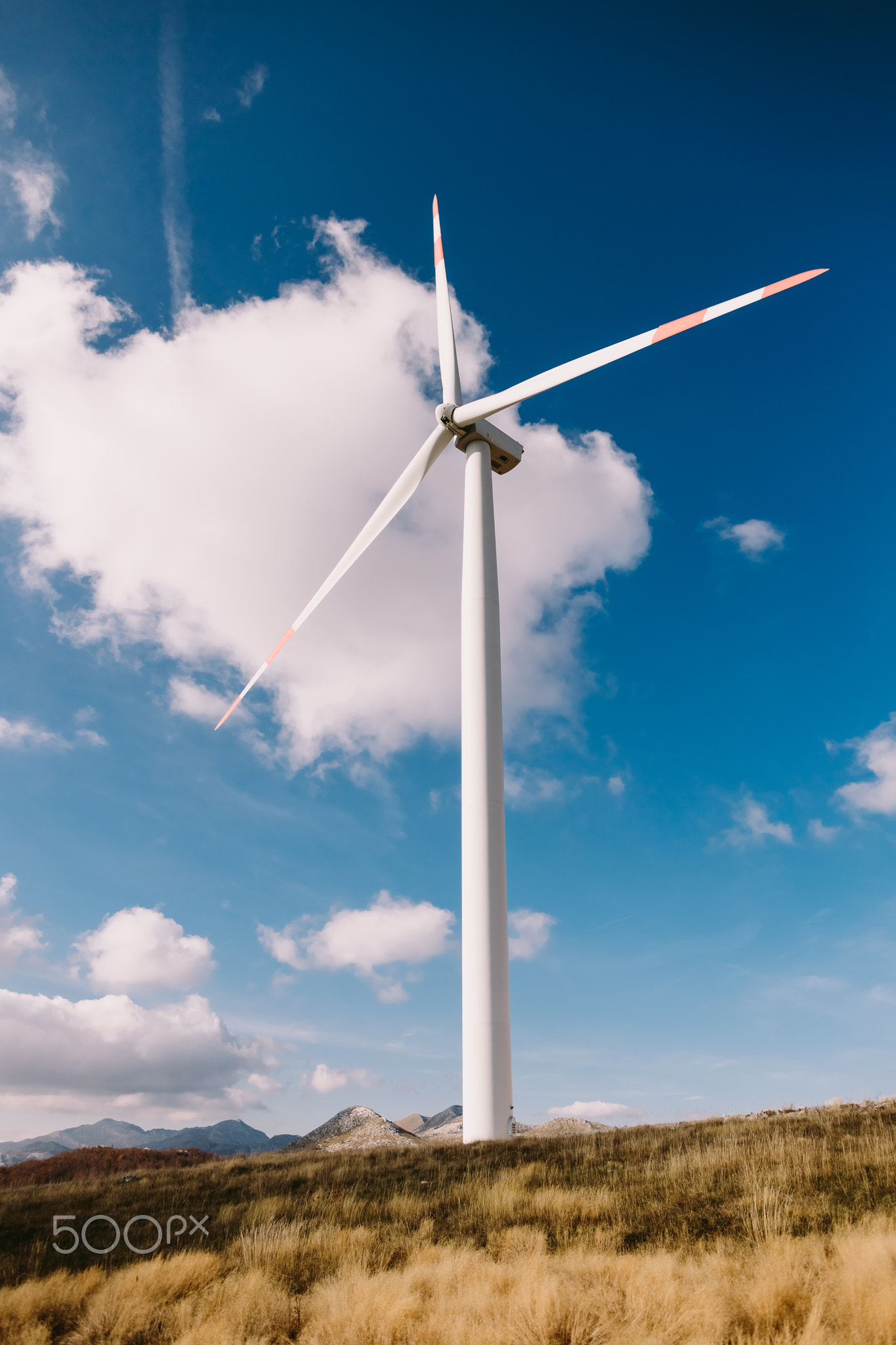Brief Article Teaches You The Ins And Outs Of Solar Panel And What It's Best To Do Today
Figure 1 shows the each day and annual movement of the solar. But the earth follows a posh movement that consists of the every day movement and the annual movement. To trace the sun’s daily movement, that is, from east to west route, a pair of mild sensors are used and to trace the seasonal movement of the sun real time clock (RTC) is used to create the accurate azimuth angle from some predetermined parameters. The designed tracker can monitor sun’s apparent position at completely different months and seasons; thereby the electrical controlling system requires an actual time clock device for guiding the monitoring system in searching for solar position for the seasonal motion. So the mix of both of those tracking mechanisms made the designed tracker a hybrid one. Passive tracker, unlike an energetic tracker which determines the place of the sun within the sky, moves in response to an imbalance in stress between two factors at each ends of the tracker.

If the sunlight shouldn't be perpendicular to the tracker, then there might be a difference in mild intensity on one light sensor in contrast to another. Sunlight is composed of photons or particles of solar power. Solar energy refers to the conversion of the sun’s rays into helpful forms of energy, reminiscent of electricity or heat. To track the sun’s motion accurately dual axis tracking system is important. Solar monitoring is best achieved when the tilt angle of the solar tracking programs is synchronized with the seasonal adjustments of the sun’s altitude. This proves the potential of solar power which in flip points out the necessity of tracking mechanism in solar methods. The power acquire and system energy consumption are in contrast with a static and steady dual axis photo voltaic tracking system. But to attain this energy gain the system uses two completely different motors repeatedly for two different axes. Start by including up the energy necessities for every equipment and other electrical uses. That means the typical shower uses 20 gallons (75 liters) of water. This implies they control every stage of the manufacturing process. The light intensity is in contrast by microcontroller and it generates the suitable management indicators to move the motors in proper direction.
To current the tracker, a hybrid twin-axis photo voltaic monitoring system is designed, built, and tested primarily based on both the solar map and gentle sensor primarily based continuous monitoring mechanism. Again these two systems are further labeled on the premise of their tracking technologies. For optimizing the solar monitoring mechanism electromechanical methods have been advanced through implementation of various evolutional algorithms and methodologies. Therefore to scale back this power loss a combination of energetic and time-primarily based monitoring may very well be the acceptable different to this system. In consequence it at all times consumes a certain amount of extra energy in comparison with time-based monitoring system. A chronological tracker is a time-based tracking system where the structure is moved at a set rate throughout the day as well for different months. In energetic monitoring or steady tracking, the place of the solar within the sky during the day is continuously determined by sensors. Furthermore, SDDP outperforms MPC throughout Winter and Summer day - reaching up to 35% costs financial savings - and displays related performance as MPC during Spring day. Also, accessories can be added to improve performance of your photo voltaic panels. Installing a solar panel system might be one in every of the smartest investments in your life.